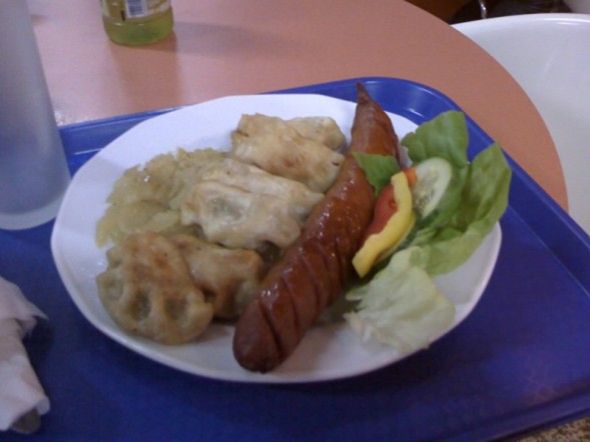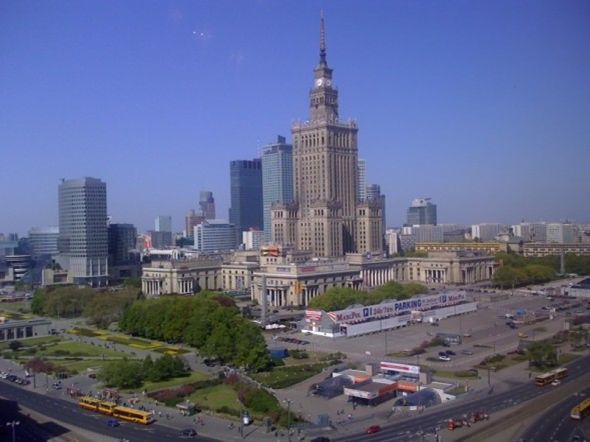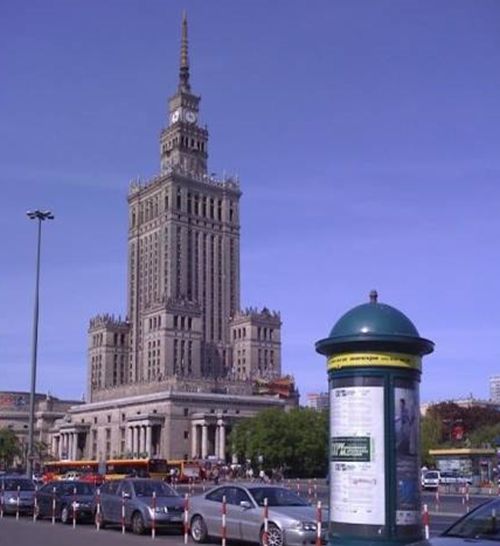I get a lot of questions from Westerners about the influence of Western food brands, like Pizza Hut, in India.
As you can imagine, in any cultural battle, India usually wins – and the western fast food chains all have food tailored to Indian tastes and cultural norms.
For a while, Pizza Hut had a delicious, spicy, chicked-topped pizza called their “Punjabi Pizza,” and you could see advertisements like this one:

It turns out, if you don’t know much about India, you can learn a lot from a pizza!
Here is a typical pizza menu – nothing unusual if you are familiar with India, but containing a few secrets if you’ve never been there:

First, you’ll see the different colors used to label the dishes. GREEN is the universal color in India for a vegetarian dish, and RED is the universal color for a non-veg dish.
Second, you’lll often see a little green or red box containing a green or red dot – same meaning as above.
Finally, you’ll often be surprised because many food terms have different equivalents in Indian English. Above you’ll see the word “capsicum” – which is nothing other than a Bell pepper. Considering that India has around a BILLION people, and the U.S. has much less . . . I wonder how long it will be before they turn the tables and stop calling it Indian English, but rather just English?
Finally, I took this snap back in 2008 in Krakow, Poland, and it still confuses me today.

Back in 2008 there was hardly a sizeable Indian community in Europe much less Poland – was this really an advertisement for an Indian pizza? Maybe someone who can read Polish can let me know!







